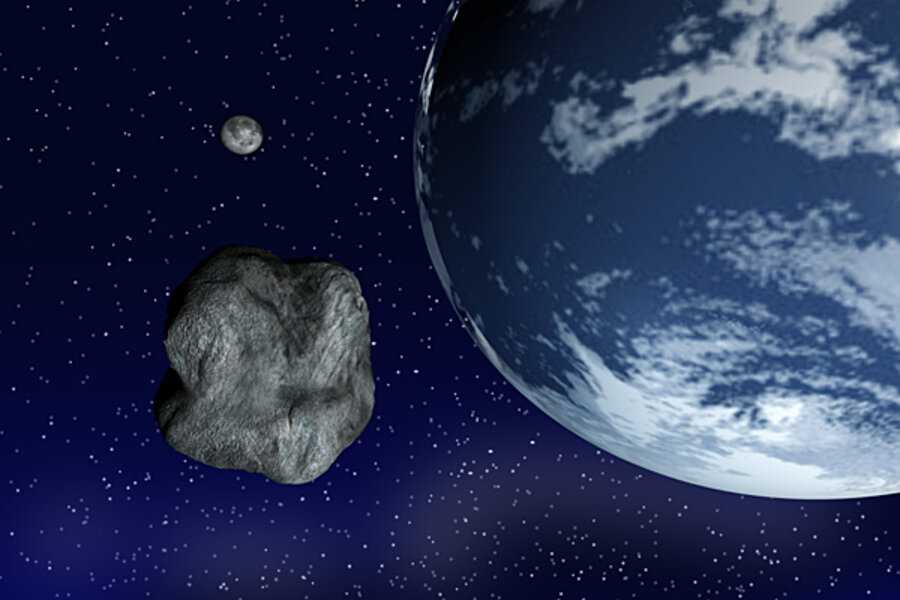Giant meteor found to have struck Appalachia
Loading...
The eastern Kentucky town of Middlesboro, as planetary scientists now tell us, is a geological 4-mile wide crater resulting from an asteroid impact some 200-to-300 million years ago with the impact center on the country club site in the heart of the Appalachian mountain community in the Cumberland Gap where Virginia, Tennessee and Kentucky come together.
Greater knowledge of the meteor impact has only come to light in recent years through the efforts of Kentucky geologists and planetary scientists from around the world. Just this past spring, the British Broadcasting Corporation featured renowned particle physicist Brian Cox telling English TV-watchers of "the Middlesboro Crater" and the many global dangers associated with thousands of similar asteroids now roaming space.
The Middlesboro Crater is a result of an asteroid-turned-meteor colliding with Earth's upper atmosphere on a trajectory into the Central Appalachian Mountains from a location somewhere near the planet Jupiter. It all happened millions of years before man arrived on Earth with satellite and aerial imagery now confirming the massive crater.
The meteor would have been more than 1,500 feet in diameter and upon impact, it would have created a ground impact crater zone nearly four miles in diameter and exactly where the town of Middlesboro is today.
From these theoretical mathematical impact measurements, the immediate environmental impacts may be calculated as understanding of the event grows from geologic and cosmic evidence while adding a cosmic dimension to Central Appalachian Mountain natural history.
Jack Kennedy blogs at Spaceports.
View all of Spaceports posts on the Monitor.
Add/view comments on this post.
Related
Fireball found: Chunk of huge meteor that exploded over Wisconsin located
Ancient meteorites in Antarctica could reveal origins of Solar System





